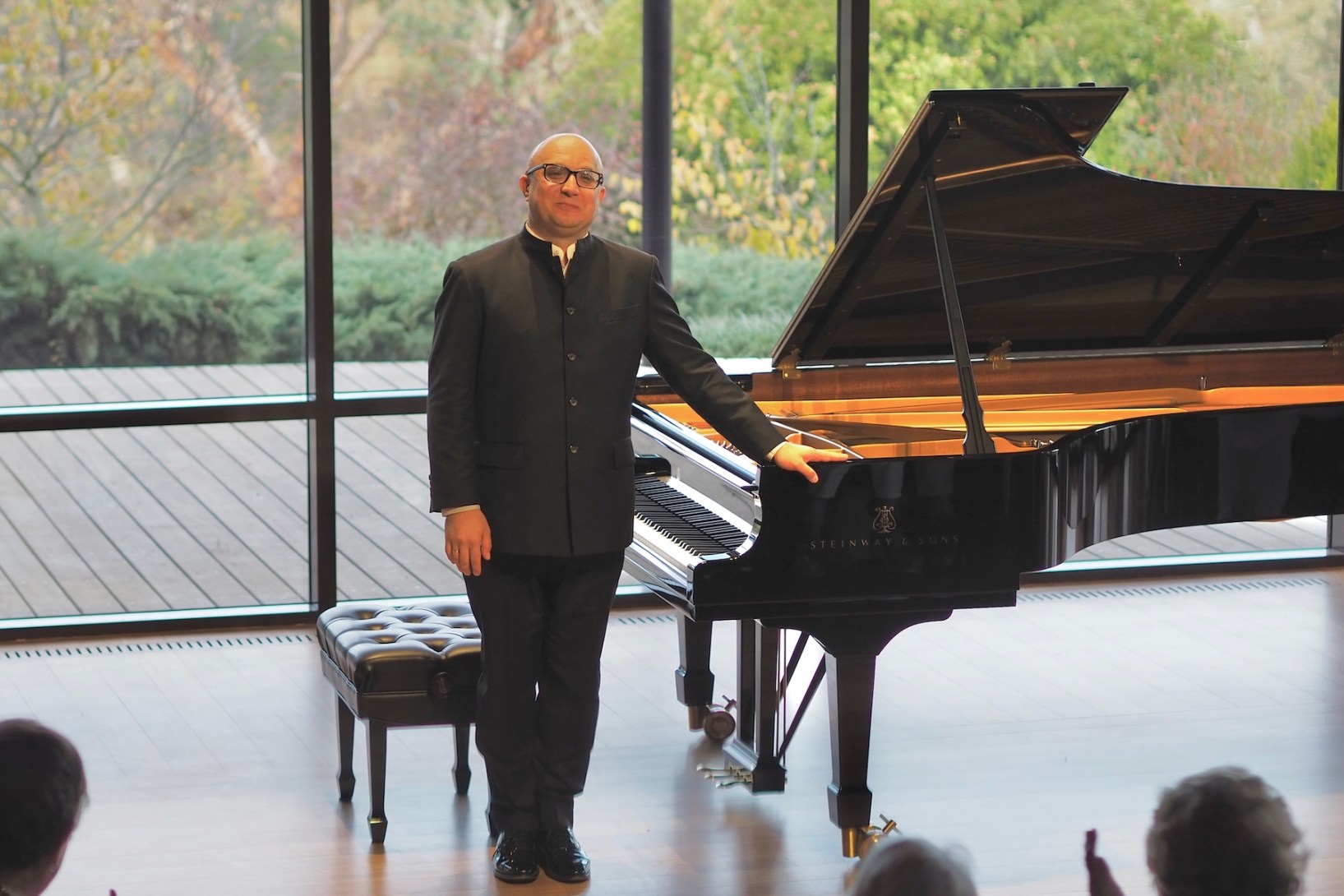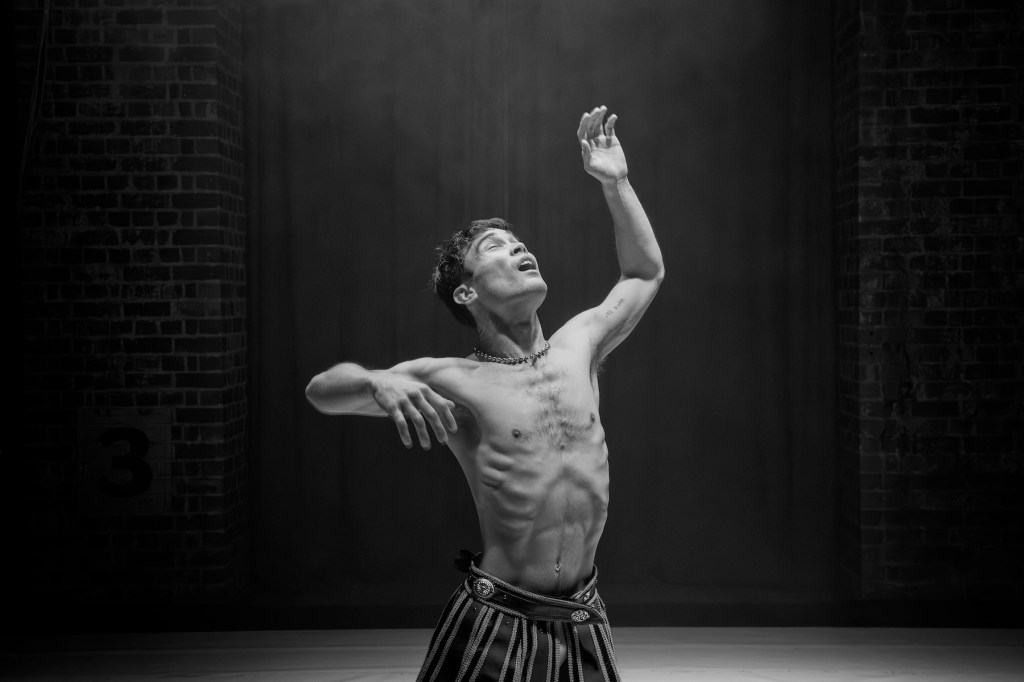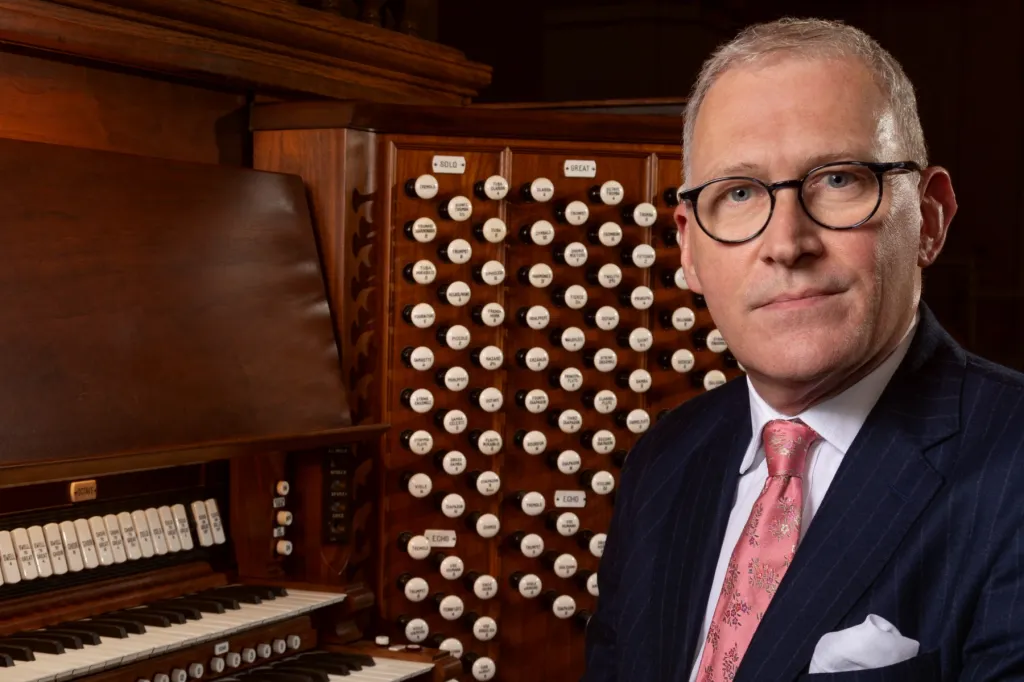Music review: Alexander Gavrylyuk at UKARIA
Despite a conventional-looking program, the Ukrainian-Australian pianist Alexander Gavrylyuk showed his exemplary artistry in music from Mozart to Rachmaninov.

Born in Ukraine, Alexander Gavrylyuk is one of the most pedigreed pianists to call Australia home. Recipient of multiple international awards and a Sydney resident for most of his life, he always draws a keen audience when he comes to Adelaide – which he has done several times now, appearing with the Adelaide Symphony Orchestra as a concerto soloist and in recital both in the Harris International Piano Series and at UKARIA.
For Russian music and especially with composers such as Tchaikovsky, Rachmaninov and Prokofiev, he carries a high reputation.
Gavrylyuk’s return to UKARIA saw him continue his Russian exploits with Rachmaninov’s second (and final) piano sonata in its revised, shortened version of 1931. That was always going to be the focus of interest. Preceding it were smaller pieces by Mozart, Chopin and Debussy that added up to what seemed initially a fairly conservative program — one’s first thought was that something more forward-looking would be nice to see.
That apart, everything about this (election day) concert proved to be textbook Gavrylyuk: exemplary in its polish and characteristic in its discipline.
And one began to see why he chose this particular combination of music. Starting with Mozart’s Rondo in D, K. 485, and moving to four well-known concert works of Chopin, these were performances of scale, moderation and finesse – certainly not of the powerhouse variety.
You might like
The Mozart rondo was thorough delightful for its wit and elegance. The world it inhabits is small, but here it was perfectly formed. Gavrylyuk’s solution was to make it conversational, applying lyrical weight to leading phrases while lightening off elsewhere with teasing playfulness. Adhering strictly to a nice breezy tempo and applying virtually no pedal, clarity jumped out everywhere. This was wonderful Mozart.
It is often pointed out that Chopin in his early years was influenced by Mozart, and this thought came immediately to mind in what followed, starting with the wonderful Ballade No. 2 in F, Op. 38. That singing line, elegance and clarity were unmistakably similar. The tendency can be to apply an excessive, post hoc ‘Romantic glue’ to Chopin, which can spoil his music. Instead, Gavrylyuk gave its opening melody a sweet, almost naive freshness: this piece could have been a lullaby but for the ferocious onslaught that follows — one of the most disruptive moments in all Chopin. Yet even this wild bravura could not tip the balance: Gavrylyuk’s artistry kept everything in total, tidy proportion.
Chopin’s Nocturne in C minor, the Fantaisie-Impromptu in C sharp minor and the Scherzo No. 1 are commonly played concert works, but here again Gavrylyuk’s approach was resolutely measured, calm and poised. His phrasing was that of a singer, satisfyingly but not indulgently shaped, and wearing a Polish accent that felt genuinely real in the Nocturne’s smartly clipped rhythms. When the bravura stuff escalated, as it did in the Scherzo, his playing reached truly stupendous heights.
Gavrylyuk exacts a lovely sound from UKARIA’s Model D Steinway too, never forcing the tone but rather allowing the instrument’s resonances to fill out his exceptionally clean, articulate finger-work.
Subscribe for updates
These capabilities allow him to also do fine things with Debussy, although somehow the Two Arabesques from that composer’s early output were not quite as convincing. Gavrylyuk’s account of these little pieces possessed a transparent openness, but their directness came at the expense of a Gallic sense of gesture.
Rachmaninov is where all the pigeons come home to roost, and his Piano Sonata No. 2 in B flat minor, Op. 36, is a landmark in the repertoire, although it can be a strange and difficult work to take in on account of its torrential, pre-Phil Spector ‘wall of sound’ and disguised, continuous structure. There is one plangent melody that can take one’s breath away with its beauty, right in the middle of the first movement. And it did.
This work suited Gavrylyuk absolutely. Its tumultuous rush can be overwhelming, but he lent architecture to its relentless, virtuosic piling up of energy. And when that second theme arrives in all its tantalising beauty, it was the more special for it. One could hear echoes of Chopin in its clarity. It was miraculous.
Rachmaninov can suffer even more from wallowing over-interpretation, but here we had discipline: not coolness, but instead an overriding sense of balance and completeness.
An encore from Mozart closed the circle. The slow movement from his Sonata No.10, K. 330, returned everything to simplicity and purity.
Gavrylyuk is an artist as well as a pianist, and that’s rare.
Alexander Gavrylyuk performed at UKARIA Cultural Centre on Saturday April 3

